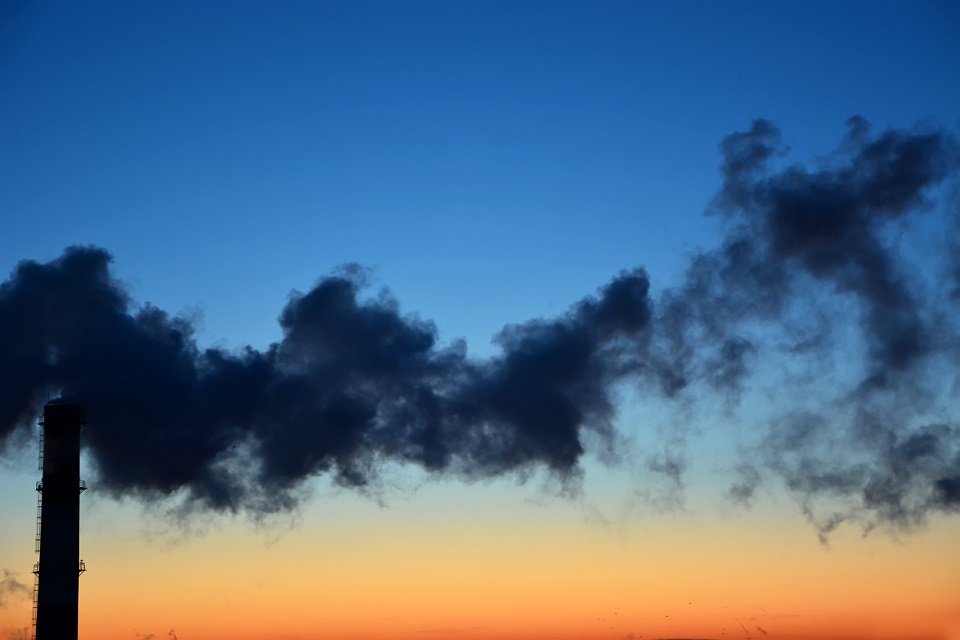One in five swimming spots in New South Wales have been rated as having “poor” or “very poor” pollution levels, including Sydney’s popular Coogee beach, after the state experienced its wettest summer in a decade.
Twice the number of beaches, lakes and lagoons have been exposed to concerning levels of pollution and sewage since 2019, according to the annual state of the beaches report released by the NSW Department of Planning and Environment.
Eighty per cent of swimming sites had “good” or “very good” pollution ratings. But a number of popular beaches have been named as having poor water quality due to intense rainfall and flood water inundating waterways.
These include Sydney’s Coogee and Rose Bay beaches, Terrigal beach and Toowoon Bay on the central coast, Woolgoolga main beach and Emerald beach on the mid-north coast, and Caseys and Surf beaches on the south coast.
Coogee, Rose Bay, as well as Northbridge and Bayview baths were among those downgraded to having “poor” water quality after being rated as having “fair” or “good” water quality in last year’s report.
The director of the Australian Graduate School of Engineering, Prof Stuart Khan, said the results were concerning but not surprising after such intense rainfall.
Get our morning and afternoon news emails, free app or daily news podcast
“We’ve had a few poor performing beaches, not necessarily the ones that we wouldn’t expect but it’s not what we want to see,” Khan said. “You do tend to see worse performance after extended periods of rainfall.”
Khan said Coogee is more vulnerable to pollution than other beaches because it is enclosed and has large stormwater pipes going into it.
The beach received a “poor” rating in 2016 after a “substantial” leak of raw sewage into the water when tree roots blocked a pipe in Dudley Street.
But Khan said it is a different story in Terrigal, which often has poor water quality because it doesn’t flush well due to its proximity to the lagoon.
“If there’s any stormwater runoff into the lagoon or any leaking sewers or septic tanks in the area, you will get high concentrations of bacteria in the lagoon,” he said. “Lots of rivers and estuaries and lagoons like that will impact the local beach water quality.”
The annual report provides an overview of water quality at 214 swimming locations across the state, which are monitored under the NSW government’s Beachwatch and Beachwatch Partnership programs.
Assessors take samples from ocean beaches once a week throughout the year and from estuarine or harbour beaches once a week between October and April and then between May and September.
A poor rating means the location is “susceptible to faecal pollution and microbial water quality is not always suitable for swimming”.
Enterococci, bacteria found in the human intestines, are what assessors look for when testing sea water. Swimming in polluted water can lead to infections, gastroenteritis and hepatitis A.
Beachwatch advises at these locations that you should “ensure that the swimming location is free of signs of pollution, such as discoloured water, odour or debris in the water, and avoid swimming at all times during and for up to three days following rainfall”.
About 94% of the state’s 123 ocean beaches were graded as “good” or “very good”, the report found.
Many estuarine, lake and lagoon swimming sites did not perform as well as ocean beaches because they are more susceptible to the effects of wet weather, according to the data.
The environment minister, James Griffin, said the state’s beaches had only performed slightly worse than last year, “despite the wettest summer in a decade and Sydney’s wettest year on record”.
“With more than 85% of people in NSW living within 50km of the coast, heading to a local swimming spot is a way of life for many of us,” he said.
“We know how important it is for providing confidence to the people of NSW, which is why we announced in the NSW budget that we’re expanding the Beachwatch Partnership program with $18.5m over 10 years.”


